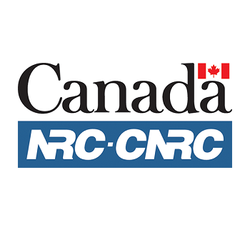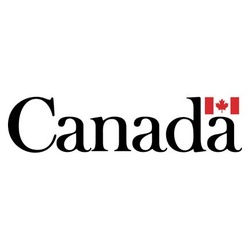
NRC — Wheel bearing and brake testing facility
At a glance
- No Condition
- Open Date : November 14, 2019
- Transportation and warehousing
- Canada
- For-profit business
- All revenue ranges
- All organization sizes
- All groups
Overview
Fee-for-service testing that allows you to reduce wear and cut maintenance costs by identifying component concerns, limitations and failure potential.
Activities funded
Eligibility
The eligibility criteria for this grant are not explicitly specified in the provided information. To determine the specific eligibility requirements for this grant, it is recommended to directly contact the grant provider or visit their official website for detailed information.
Who is eligible?
This grant program is specifically designed for entities involved in the railway industry, particularly those focusing on reducing maintenance costs related to highly stressed components such as railway running gear through advanced testing and analysis.
- Railway operators looking to decrease rolling stock maintenance expenses.
- Manufacturers of railway components aiming to enhance durability and performance.
- Research and development organizations focusing on railway technology improvements.
- Engineering firms specializing in railway systems and infrastructure.
Eligible expenses
This grant supports projects utilizing the NRC's wheel bearing and brake facility for testing and analysis to reduce railway maintenance costs. Eligible activities are focused on identifying and addressing component concerns, limitations, and failure potential.
- Mounting and testing highly stressed railway running gear components to simulate real-world operating conditions.
- Performing detailed analysis of wheel bearing and brake components to identify potential wear and failure modes.
- Conducting customized tests to evaluate specific component concerns under variable speeds and environmental conditions.
- Evaluating the effects of different axle loads, angles of attack, and contaminants on component performance.
- Developing solutions to reduce premature wheel wear and failures due to overheating issues.
Selection criteria
- Innovation and technical merit of the proposed project - Potential economic benefits and impact on the railway industry - Feasibility and technical expertise of the applicant - Alignment with the goals and objectives of the grant program
How to apply
Preliminary Contact
Information Gathering
- Gather information about the capabilities of the NRC's wheel bearing and brake facility relevant to your project’s needs.
- Identify specific testing requirements and objectives for your railway components.
Proposal Development
- Develop a detailed proposal outlining the testing requirements, objectives, expected outcomes, and potential cost savings.
- Include any previous data or research that supports the necessity of using the facility.
Application Submission
- Email the proposal and any supporting documents to David Fraser at David.Fraser@nrc-cnrc.gc.ca.
- Ensure to include contact information and any specific queries.
Follow-Up
- Await confirmation of receipt of your application from NRC.
- Engage in further discussions or provide additional information if requested.
Additional information
Here are additional relevant details for this Canadian grant:
- The NRC's wheel bearing and brake facility provides tailored testing solutions, enabling precise and comprehensive analysis of railway components.
- It offers a unique environment that replicates various operational stresses, crucial for identifying and addressing component failure risks.
- The facility supports high-speed testing and substantial axle loads, which are critical for assessing components under extreme conditions found in railway operations.
- Contact for further information and assistance is David Fraser, Director of Business Development.
Frequently Asked Questions about the NRC — Wheel bearing and brake testing facility Program
What is the NRC — Wheel bearing and brake testing facility?
How much funding can be received?
What expenses are eligible under NRC — Wheel bearing and brake testing facility?
What is the deadline to apply?
Is the NRC — Wheel bearing and brake testing facility a grant, loan, or tax credit?
Who are the financial supporters of the NRC — Wheel bearing and brake testing facility?
Who is eligible for the NRC — Wheel bearing and brake testing facility program?
Who can I contact for more information about the NRC — Wheel bearing and brake testing facility?
Where is the NRC — Wheel bearing and brake testing facility available?
More programs like this

Rail Safety Improvement Program (RSIP) - Research and Education Component
Transport Canada
Advancing Accessibility Standards Research
Accessibility Standards Canada
Critical Minerals Infrastructure Fund – Shovel ready Stream
Government of Canada
Critical Minerals Infrastructure Fund – Preconstruction Stream
Government of Canada
Zero Emission Vehicle Awareness Initiative — Light-Duty Vehicle — For-profit
Natural Resources Canada (NRCan)
Critical Minerals Infrastructure Fund – Indigenous Grants
Government of Canada
Energy Innovation Program — Clean Fuels Call for Proposals
Natural Resources Canada (NRCan)
NRC — Automotive and Surface Transportation
National Research Council Canada (NRC)
Disaster Financial Assistance Arrangements (DFAA)
Public Safety Canada (PSC)